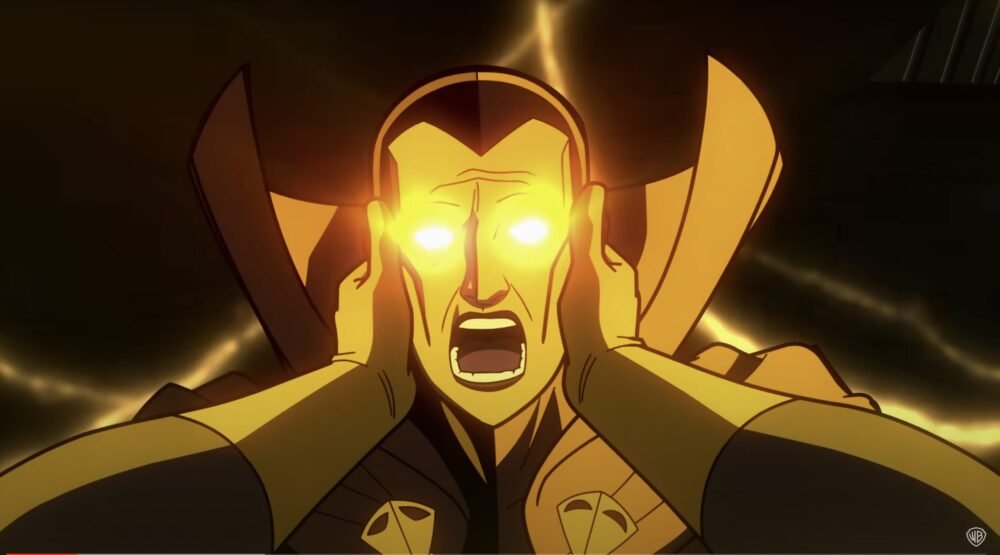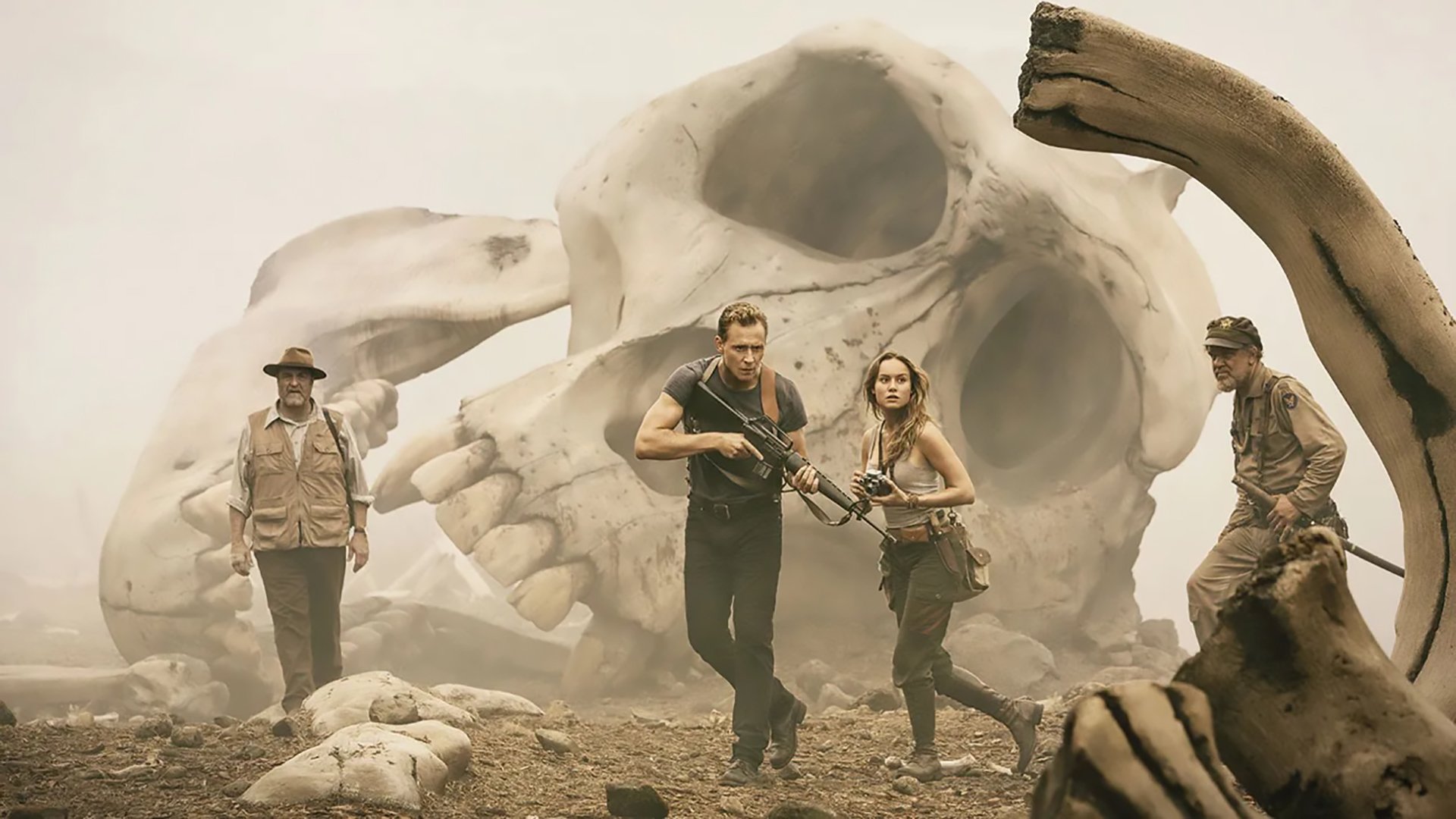FROM MATT SPAULDING
I won’t bury the lead: I haven’t had this much fun with sci-fi in a while.
When it comes to sci-fi, I mostly consume it via movies and TV. I’m a huge Star Trek fan and a Star Wars fan to a lesser extent. I love my sci-fi mixed with horror à la The X-Files and The Twilight Zone. I also get a kick out of Rick and Morty, Back to the Future, and a bunch of other sci-fi films and TV shows. But, when it comes to reading, my consumption of the genre is mostly limited to novels set in the world of Star Trek and the military/horror/sci-fi Joe Ledger series by Jonathan Maberry.
Looking at my taste, however, it’s not surprising I enjoyed The Stardust Grail as much as I did. It’s not just a sci-fi novel. If I had to best describe this book, it’s Star Trek meets Star Wars meets the Indiana Jones franchise meets Ocean’s Eleven. This book has it all: action, adventure, space travel, alien species, and heists.
The story centers on Maya Hoshimoto, a young woman who group up on a human colony on a distant planet who was once the greatest thief in the galaxy. Maya has given up crime to move to Earth and study at university. But when her former partner, Auncle, a member of the alien species called the Frenro, shows up at Earth to enlist Maya’s help in getting back The Grail, a lost Frenro artifact that can save the species from extinction, Maya is pulled back in for one last job.
But wait! There’s more! The Frenro were once responsible for the building of the Intergalactic Web, a series of portals that makes space travel possible. Turns out, The Grail also helps them build those portals. And something is destroying the portals, threatening to cut humanity off from the rest of the galaxy. So, not only has Auncle asked Maya to help find The Grail, so has the Earth military, who want to keep the Grail themselves.
Besides the action and adventure, I really appreciated the depiction of Maya and Auncle’s friendship. The Frenro are one of the most alien extraterrestrial species I have seen depicted in a while. They aren’t humanoid. They have a very different society and culture than humans. One of the things I found interesting was the cross-species relationship, which was close and loving, but also difficult because of the differences.
The pace of the book is almost non-stop. Kitasei takes just the right amount of time to slow down for character moments to build the reader’s connection to the characters and their relationships to each other, but is quick to get back to the action. There are plenty of twists and surprises along the way as well, meaning the book never feels predictable.
While I am on the subject of twists and surprises, there is just one near the end that I didn’t like. It was a real “wait, what? Really?” moment. The good news is, it didn’t even put a dent in my overall enjoyment of the book. Neither did the very ending, which was very abrupt. I got to the last sentence and felt like there would be more, but there I was at the end. It threw me for a second.
I said it at the top of this review and I’ll repeat it here: this book is a blast. I didn’t want to put it down, even when I knew I had to get some sleep because I had to wake up early for work. Be sure to pick this one up when it comes out.
FROM ZAHRA HUSEIN:
A quest, cool space stuff, and a quirky FMC.
From Star Wars to Star Trek, space is truly one of the coolest unknowns. While The Stardust Grail by Yume Kitasei is one of the few original space books I’ve read, I love a compelling story in any genre and this is very much that - a compelling story. It reads like a love letter to space travel by creating a unique world with adventurers going forth into the unknown.
“People were willing to hurl themselves into the dark, chasing the desire to be somewhere else.”
This tale is told from the first person perspective of our FMC (Female Main Character) Maya. Maya is a thief turned student. But when a book that catalogs the adventures of the last known explorer to go after an important artifact shows up at her school archives, Maya's ready to take back her former role. This story isn’t about your average space quest. This is a heist involving a ragtag gang of adventurers.
Maya is the perfect character for the progressive Gen Z folks - her priorities include actively fighting xenophobia, rebelling against colonization, and returning artifacts to their origins. However, Maya has a strong moral compass and a weak sense of self preservation which can put her in sticky situations. Auncle is our token alien (a Frenro). Frenros are one of the oldest species, but at some point in time they lost the ability to reproduce and they're worried about becoming extinct. Auncle also happens to be Maya’s closest friend and confidant because they were a duo team of thieves. Wil is the “muscle”. She is stuck in a CNE (Coalition of the Nations of Earth) combat suit due to sustained injuries from a battle but she has left the CNE and taken the suit with her. She's somewhat morally gray as she’s driven by the money offered and this causes tension between her and Maya (who can be morally good to a fault). Med IX is a medical robot who has been jailbroken and can now add to and modify their programming. They spend much of their time searching for more emotions to add to their system. Wil is especially loyal to Med IX, they’re a package deal. Lastly, there is Liam who is more of an honorable mention. Liam is Maya's advisor at school. Maya and Liam are both huge anthropology nerds, but he's always been afraid of space travel so he's more of the book smart to her street smart.
Together these characters go on an intergalactic heist and bring the story to life. Their expedition is interwoven with commentary on academia, classism, and racism but it isn’t heavily bogged down by it. Instead those themes make it relatable and just realistic enough that you can understand the emotional drive without being kept from the escapism a good novel provides.
“The Jersey Shore’s all right, though they’re still dredging all the houses that washed out to sea.”
For a sci-fi book, the world building isn’t too heavy either. Kitasei includes statements throughout the book that continue to paint a bigger picture and for the most part it keeps the reader from questioning how different things work or why some things are a particular way. Rather than spending pages on exposition and describing how every little thing looks, the reader is more immersed in the world and is given context clues that provide insight. (But if you need a more thorough explanation of the various species, there’s an appendix for your convenience.) In addition to mentioning different things that indicate rising sea levels on Earth, there are different gender terms used for each of the alien species, and the author utilizes an intriguing concept of "nodes" to explain deep space travel.
“...the idea that we are as strange to the people we study as they are to us”
The varied gender terms were an extremely interesting part of the world building. It makes sense that other species would have different preferred gender terms. Some use “xe” and “xyr”, others use “ey” and “eir”, and one of the species even used the royal “we”. Likewise, Kitasei’s use of “nodes” was ingenious. Nodes allow people to travel over different distances of space almost like a portal. This method keeps the reader from wondering things about distance and time which are often distracting in stories set in space. Sometimes keeping things simple and easily explained is best.
The author seemed to attempt the same approach with keeping technology simple as well, but I fear she missed the mark on that one. With the way phones have progressed in our lifetimes alone, it's fascinating to consider what types of communication devices we'll be using in the future. In the beginning of the book Maya has a "camera ring" which she controlled with her earlobe and it could project who she's communicating with. She later gets a "box" that is also referred to as a "cube" ; it's described as a "cheaper projector you could order if you didn't have a projection ring". A little while later, someone is "chatting with a virtual projection from a box that was much better quality than the cheap recyclable one". There are also times the ring is used to project other things too. Similarly to a cell phone being used to pull up an image, but it was unclear how exactly it works.
It seems rings are akin to an iPhone and cubes are more like a flip phone (and then you could have a cheap one that was like a burner). It took a bit of flipping pages back and forth to come to these conclusions especially because at first the "cube" is referred to as a "box". This follows the same style of world building as the nodes, but unlike the nodes there are various forms of this type of communication and it causes things to be more complicated for no reason. Moreso, there's actually another form of communicative technology as well in the form of "ocular lenses". It's mentioned that there are feeds on these ocular lenses at one point and the characters get a notification on them. One can assume that they’re connected to some sort of network but they aren't used for any other communication - they're used for things like translating and scanning text. The technology didn’t seem to be important to the plot so it was unnecessary to add layers of complexity there.
Maya’s gift also had a layer of nonessential complexity. Her gift is first presented as an unwanted migraine. It's later explained as a vision. Of course both can be true and I almost wish they discussed that. It would've been interesting to consider it a gift and a curse - like she had to endure the pain of a migraine in order to receive the gift of visions. But for all intents and purposes, Maya doesn't seem to like her migraines (even the vision parts) whereas her Frenro friend Auncle seems to think they're a good thing. There are also moments where the gift comes in dreams. They’re referred to as "dreams of another time". My understanding is that the dreams and migraines are both visions but the dreams happen when she's asleep and the migraines happen when she's awake. It didn't seem like Maya considered the dreams good either though so the ability doesn’t feel like a positive thing to anyone except Auncle. It doesn’t help that the power is unveiled slowly and the reader isn’t given much information about it. I wish there was a better way to incorporate and reveal it because it is both fascinating and crucial to the plot. The author even mentions in their note at the end of the book that she has migraines herself and she references a book that is about migraineurs who can experience hallucinations and distortions of space, time, and body image.
Between the characters, the story, and the world, there is a lot to love about Yume Kitasei’s The Stardust Grail. Overall I really enjoyed the book and I would definitely recommend it to those interested in space, heists, and social commentary.
4.5 stars



























































